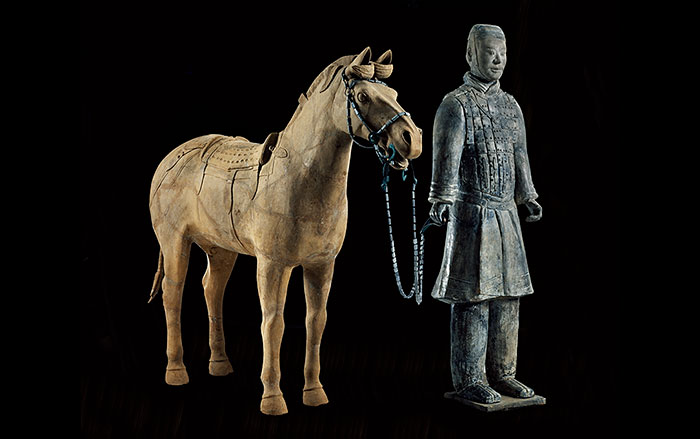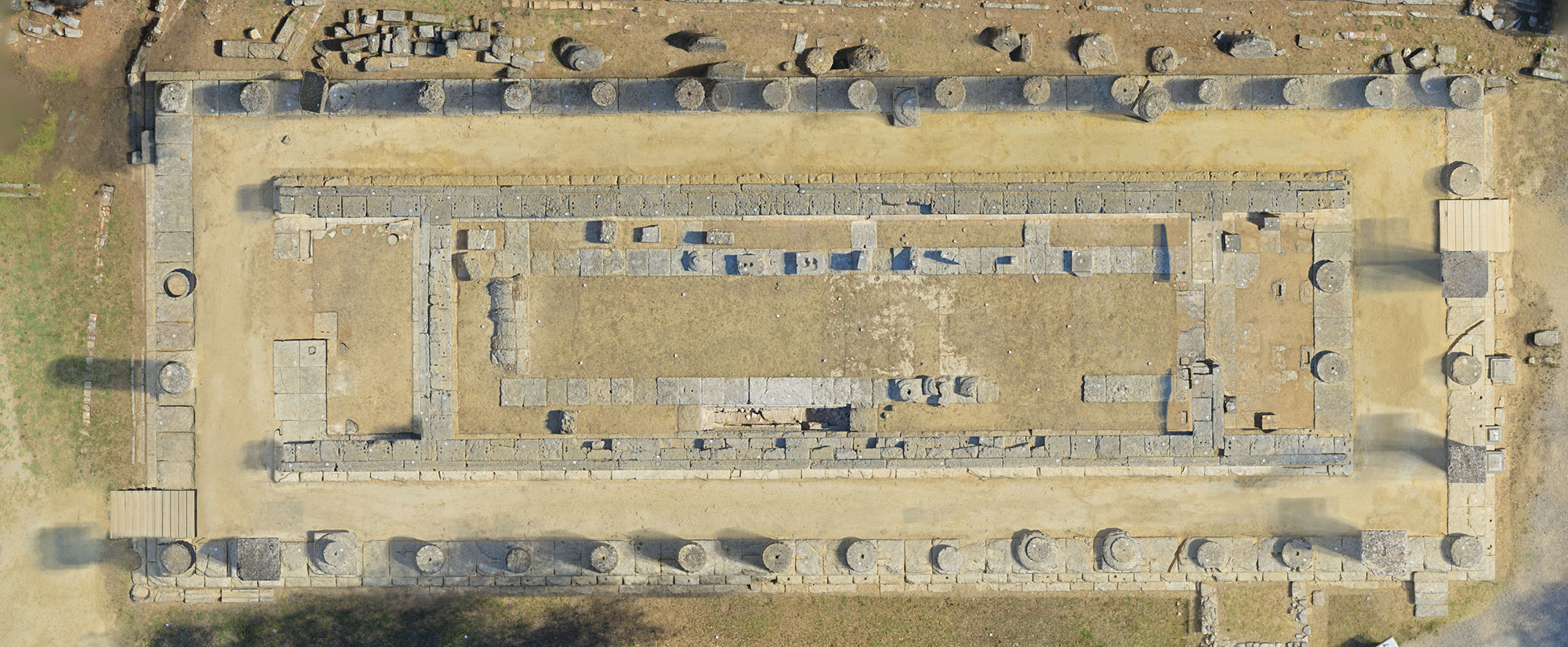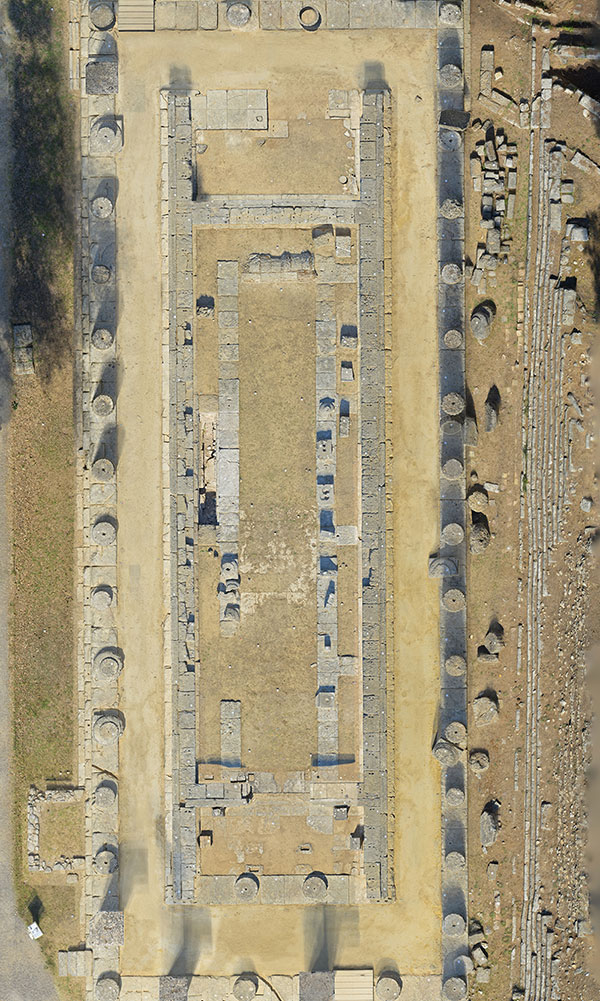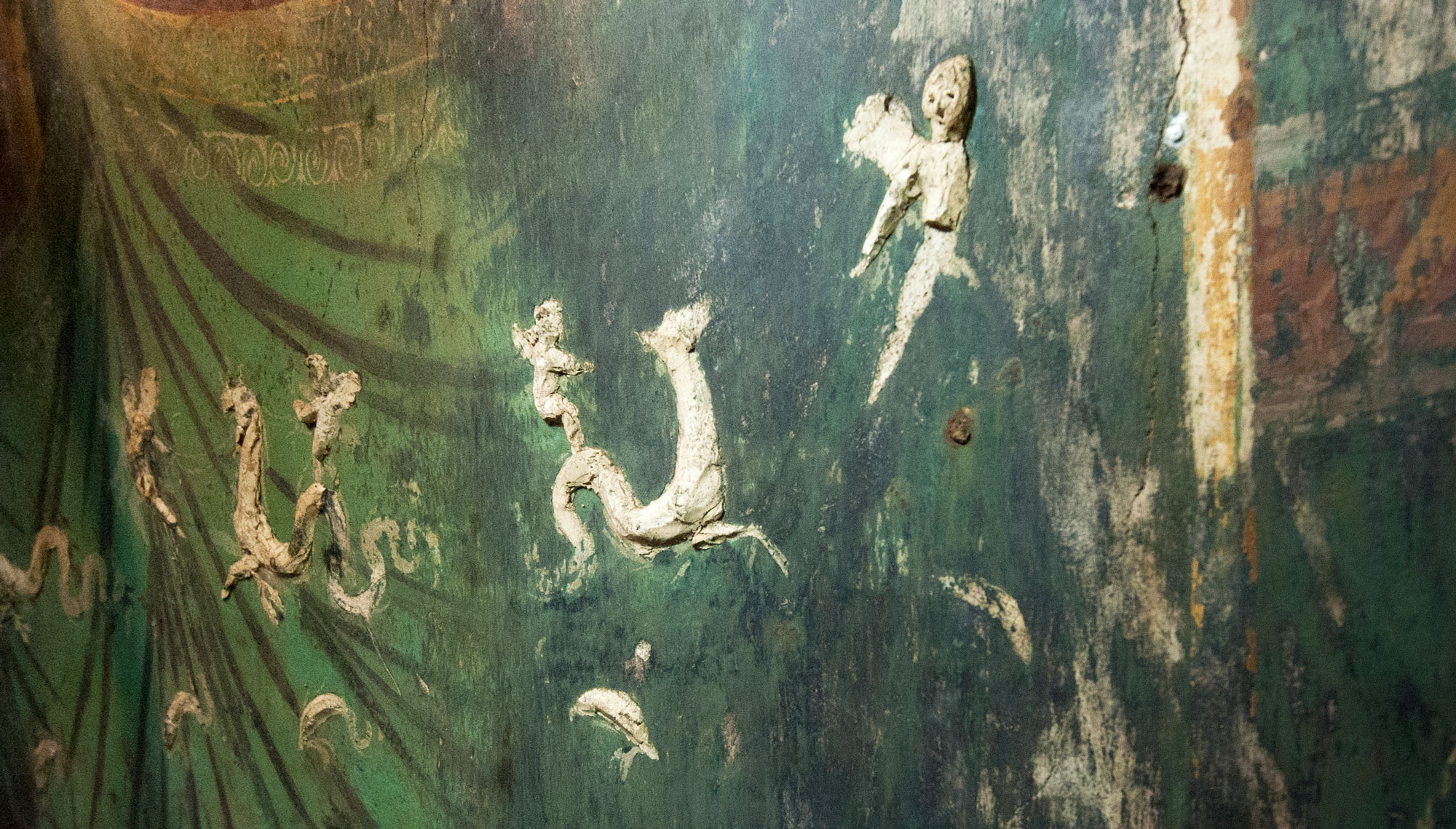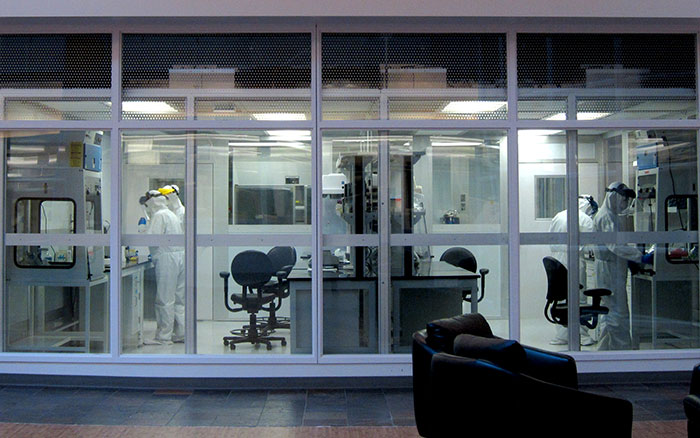
SHAANXI PROVINCE, CHINA—Scientists are analyzing the many animal remains and animal sculptures unearthed in Emperor Qin Shi Huang’s mausoleum, which dates to the Qin Dynasty (221–206 B.C.) and is known for its army of terracotta warriors. China Daily reports that most of the animal figurines in the tomb are images of horses that were crafted with pottery, copper, and horse bones. Other figurines include representations of cranes, swans, and geese. The analysis of the many bones of deer, muntjac deer, sheep, chicken, fish, and turtles continues. And, according to head engineer Zhou Tie of the Emperor Qin Shi Huang Mausoleum Site Museum, recent excavations at the tomb site investigated its general structure. More than 400 pits were uncovered in the tomb, and many small pits and tombs were found around it. Stone carvings of helmets and armor were also found in the area surrounding the mausoleum. For more, go to “China’s Legendary Flood.”


